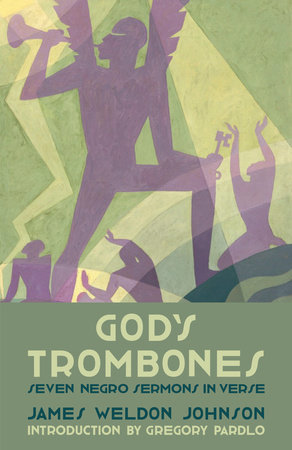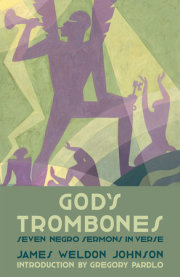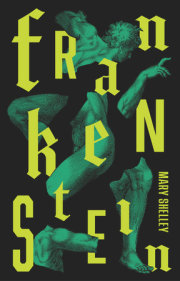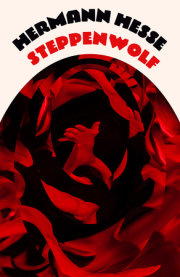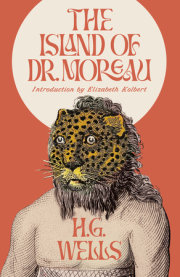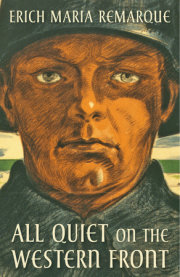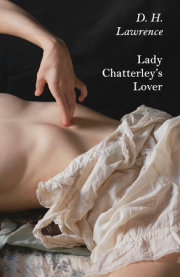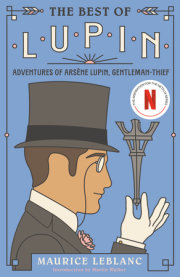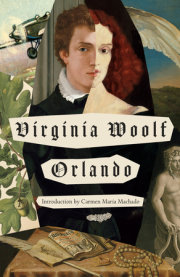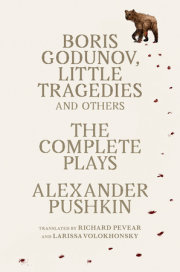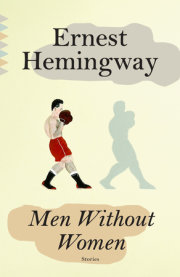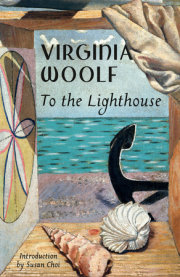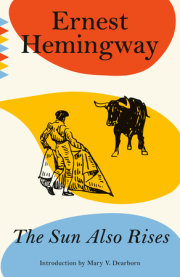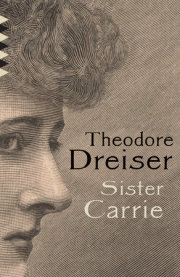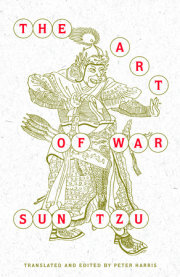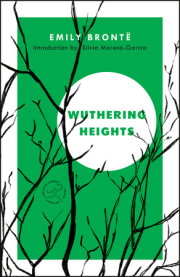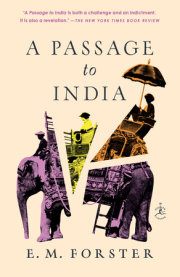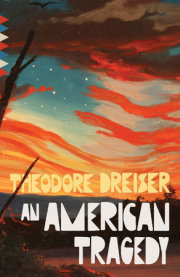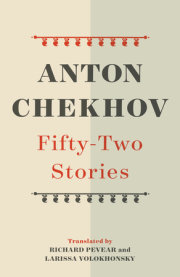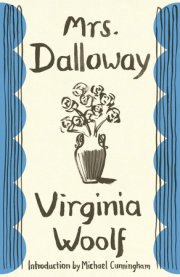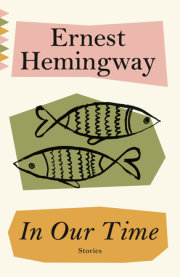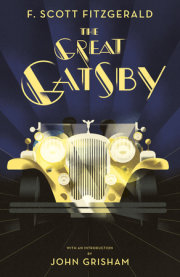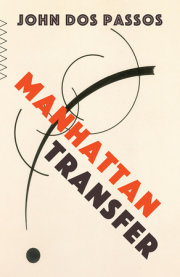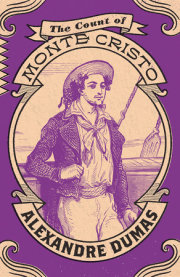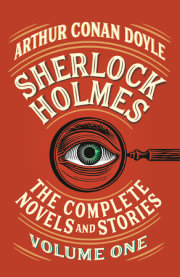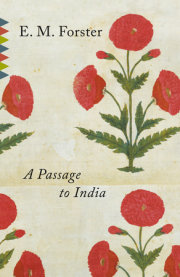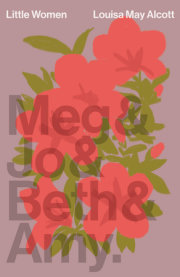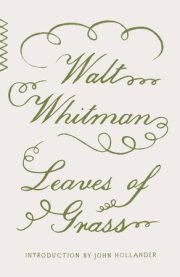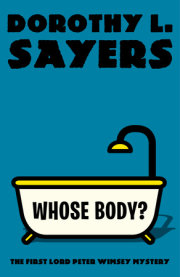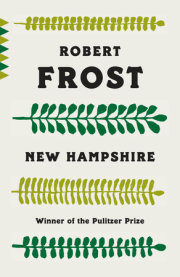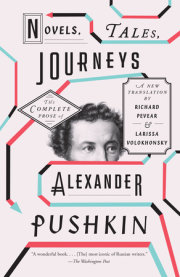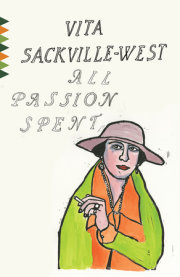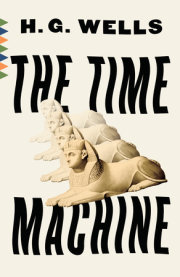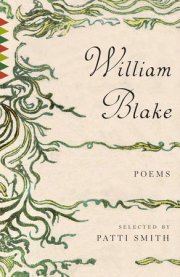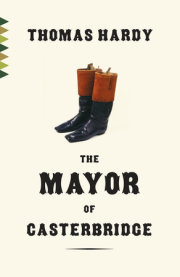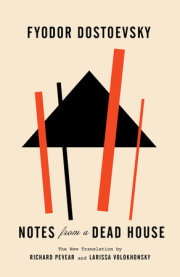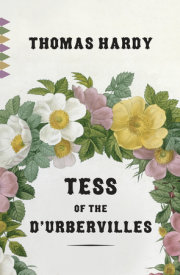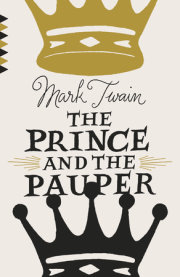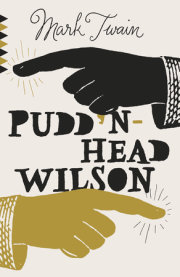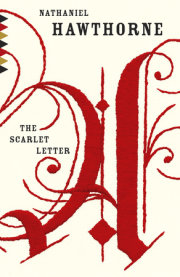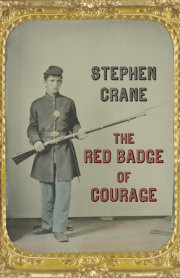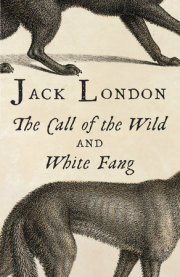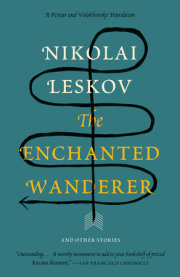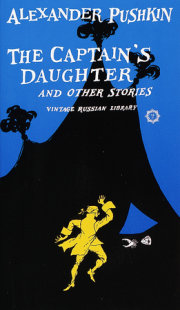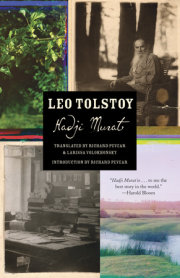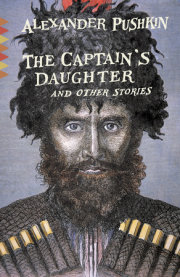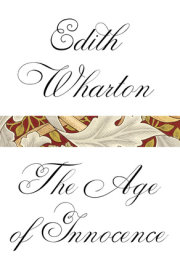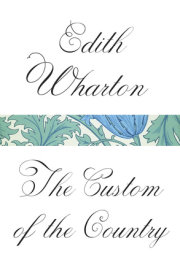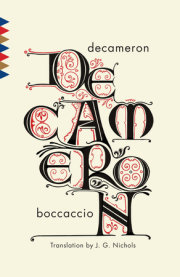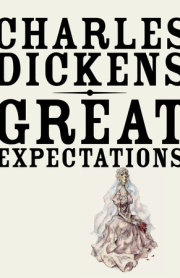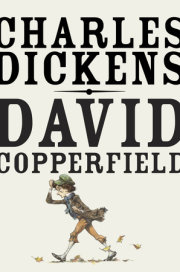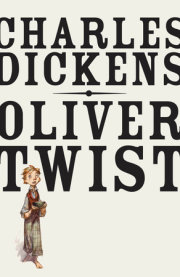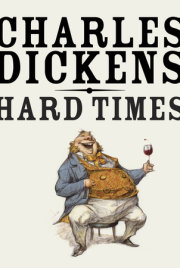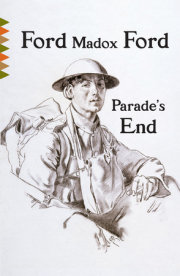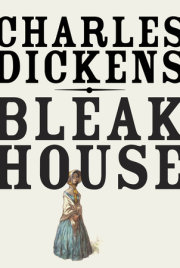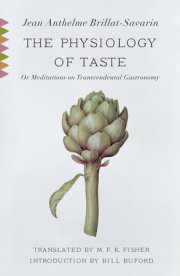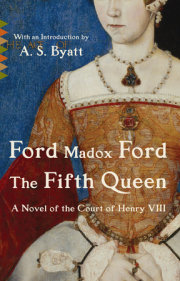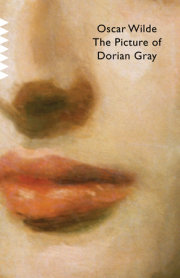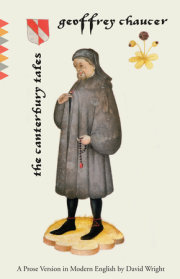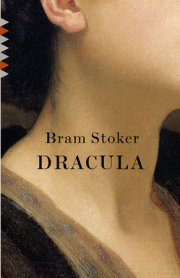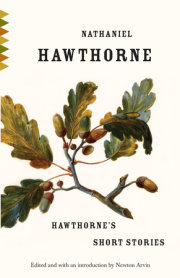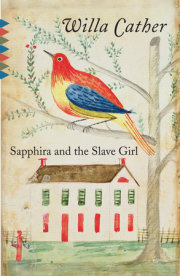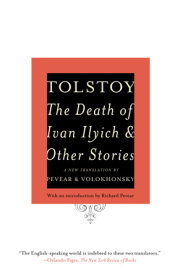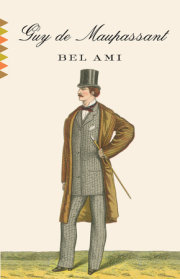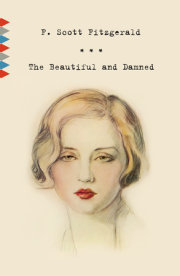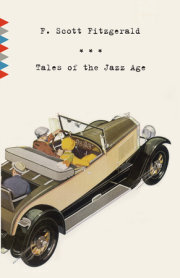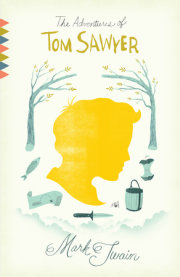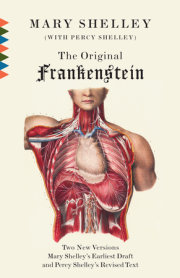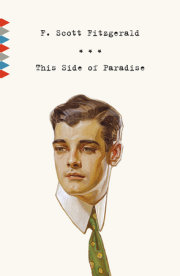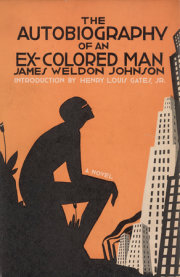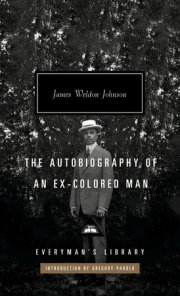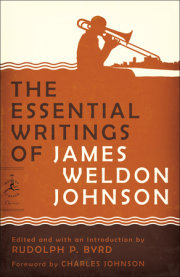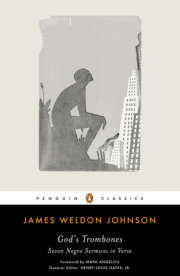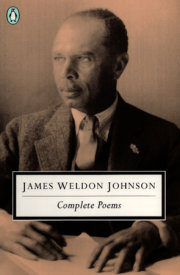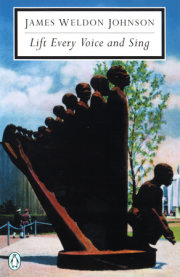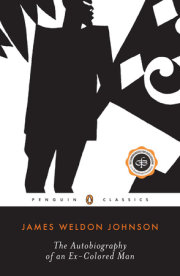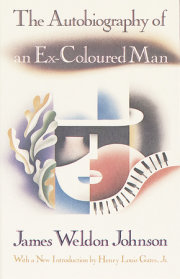from the Introduction to the Vintage Classics Edition (2023) by Gregory Pardlo
O black slave singers, gone, forgot, unfamed,
You—you alone, of all the long, long line
Of those who’ve sung untaught, unknown, unnamed,
Have stretched out upward, seeking the divine.
“O Black and Unknown Bards” (1922)
Ethical questions are likely to haunt any poet today who uses a mask to represent a culture. By mask, I mean a voice that, in the pretense of the poem, belongs to someone or something other than the poet. The mask itself is not the problem. Persona poetry is an entire genre founded on masking. However, when a poem implies its mask captures characteristics that are typical of a broad demographic, that poem is almost certainly going to be read as insensitive. Or worse. A hundred years ago, many believed that, no matter how arbitrarily they may have been categorized (or by whom), groups of people did share essential characteristics that could be more or less accurately depicted. The more popular the depiction, the more accurate it was perceived to be. Bias hardened into truth. If you were, like James Weldon Johnson, a poet who belonged to a community that was routinely summed up with negative stereotypes, you might, like him, choose to fight fire with fire, and create positive types to counter the negative ones. The literary ethics of today would not apply.
Readers today will have to make complex adjustments to account for the historical differences and the social logic that shaped Johnson’s journey in writing God’s Trombones. When we have made such adjustments, that is, after traveling through what scholar Michelle Wright calls “epiphenomenal time,” which is a kind of historical thick description that puts meat on the bones of simple timelines, we can understand the work in more than an academic sense. The point isn’t to empathize with Johnson nor to turn the work into a mere history lesson. As with any prayer, however beautifully it may ring in the ear, a poem’s beauty intensifies the more we can appreciate the spiritual strivings on which it is cast.
Johnson’s journey in writing these poems was not necessarily arduous, but it was protracted. By his account, nearly ten years before the book’s publication in 1927, he began “nursing in [his] mind” the germ of what would become this, his second book of poems, God’s Trombones. What could account for such a long incubation period? We can safely rule out writer’s block, which Johnson was not one to suffer. He described his first book, The Autobiography of an Ex-Colored Man, a novel widely acknowledged to be a foundational text in the Black American literary canon, as having developed rapidly in his mind, “at times, outrunning [his] speed in getting it down.” Johnson says he told himself that he didn’t have time to write the sermons for God’s Trombones, that he was too busy, but even he seems to have recognized that he was using an easy excuse to cover up a more complex one. Time, or the lack of it, was rarely an obstacle for this writer who was not easily distracted. Take, for example, the title poem of his first poetry collection, “Fifty Years.” An opus of forty-one quatrains in its initial draft, Johnson wrote the poem to commemorate the semicentennial of the Emancipation Proclamation. Over the course of six weeks, he composed it in the small hours of the morning in a building that barracked rowdy Marines as well as the office where he worked his day job as US consul in Nicaragua. After the poem appeared on the front page of The New York Times,its editors intimated that “Fifty Years” was all but a work of genius.
He was prolific in many fields and withstood pressures of all sorts. The more pronounced bullet points on Johnson’s wide-ranging resumé include lawyer, school administrator, musician, poet, and essayist. In form and content, each of his books sets out to map what would be, for him, novel and unique terrain. He was not risk-averse. He thrived outside of his comfort zone. He believed in the power of reason to lead him to the truth whether that truth favored his interests or not. With unflagging energy, he used his art to address conundrums of race and its attendant brutality. Yet, writing God’s Trombones seems to have been uniquely challenging for him. Composing poems as sermons in the composite voice of a fictional and anonymous “old-time Negro preacher” very possibly carried Johnson to the limits of his imagination. Once he fixed on the figure of the old-time preacher, he had to compose the sermons while finding ways to invest them with real emotion, a task made all the more difficult, I’m sure, by Johnson’s avowed atheism.
Deceptively simple in its message and import, God’s Trombones is uncomplicated only in the scale of its ambition. Johnson was writing at a time when the “souls of Black folks” (to borrow a phrase from Johnson’s contemporary and sometimes rival W. E. B. DuBois) were very much at stake. Arbiters of public thought, from colonial theologians (the earliest apologists for slavery) to those later mystics of vaudeville and then, Hollywood, secured their profits and authority by stoking bigotry and racial anxiety with depictions of monstrous, imbecilic, lazy, deceitful, and, above all, justifiably downtrodden people of African descent. By the twentieth century, fighting back against this centuries-long smear campaign had become an all-hands-on-deck operation for many Black artists, writers, and intellectuals.
Johnson was committed to demonstrating the merits of Black cultural expression as well as distinguishing his own work within a cultural landscape dense with competing agendas and motives. Where Langston Hughes had turned to the blues for homegrown material in his 1926 debut poetry collection The Weary Blues, Johnson looked to the Black church. He subscribed to no religion, but he acknowledged its value in helping people make peace with suffering and the mysteries of life. More importantly, Johnson recognized that religion played an outsize role in the lives of Black Americans. Josef Sorrett, in his book Spirit in the Dark: A Religious History of Racial Aesthetics, describes Johnson’s mix of literary and ecclesiastic sensibilities as a “celebratory ambivalence.” That is, he revered the culture of the Black church with a kind of disinterested interest, the objective eye of an artist. Influenced by other poets, by politics, and by his belief in the soft power of art to effect material change in the lives of Black people, Johnson began working out how he might “take the primitive stuff of the old-time Negro sermon and, through art-governed expression, make it into poetry.” He was on a tour of the Midwest when he encountered the preacher who would finally galvanize the project.
As the leaders of Allied nations descended on Versailles to certify the world safe for democracy, terror reigned across the United States. The public torture and execution of men, women, and children, a form of racialized terror employed to maintain the social order, had become a grim feature of American life. By 1919, the National Association for the Advancement of Colored People (NAACP) recorded at least 3,224 verifiable lynchings in the US. Deepening racial animosity and the proliferation of segregation laws effectively denied Blacks access to the levers of government. Lobbying congress directly for anything but symbolic denunciations of lynching proved futile. The nascent NAACP adopted an alternative strategy of dispatching representatives across the country in a noble but ultimately failed campaign to agitate for federal protections. Johnson, the secretary of the NAACP at the time, was assigned to tour the Midwestern United States.
The tour found him speaking most often at Black churches whose congregations naturally assumed him to be a man of the cloth. Because he had previously served as US consul to Venezuela and Nicaragua, small-town newspapers heralding the prestigious visitor, as well as any locals who had the honor of introducing Johnson to audiences along the tour, often referred to him as “ex-minister to Venezuela and Nicaragua.” As he explained, many people took minister to be synonymous with preacher. At one engagement, he was nearly prevented from speaking when he corrected the misunderstanding. Johnson had to reassure the church elder that elements of his presentation indeed had a “spiritual bearing” worthy of God’s house.
Because its congregants’ daily lives lacked the most fundamental civil protections, the Black church was more than a spiritual oasis. In addition to being a house of worship, it traditionally served as a kind of town hall. It safeguarded the well-being of its members in very tangible ways. In Johnson’s posthumously published Negro Americans, What Now? (1934), he describes the Black church as a “tremendous social force,” and in terms he had similarly used to describe the old-time preacher: “When there was no other agency to do it, the church brought about cohesion and stabilization in a bewildered and leaderless mass.” With its congregants prevented from voting and denied access to municipal services and public resources, the church, Black America’s bedrock institution, became the site of civic planning and administration. Du Bois, a founding member of the NAACP, describes the Black church as “the central clubhouse of a community.” DuBois writes:
“Various organizations meet here,—the church proper, the Sunday-school, two or three insurance societies, women’s societies, secret societies, and mass meetings of various kinds.
Entertainments, suppers, and lectures are held beside the five or six regular weekly religious services. Considerable sums of money are collected and expended here, employment is found for the idle, strangers are introduced, news is disseminated and charity distributed.” (Du Bois, The Souls of Black Folk)
For much of the twentieth century, it was unusual for anyone in a Black community not to be a member of a church. Indeed, as DuBois says, the Black church “antedates the Negro home.” In keeping with the patriarchal structure of the home, civic leaders, men like Johnson, typically were members of the clergy.
One of the few paths to leadership in Black communities ran through the church. DuBois suggests that the leaders of Black churches were some of the most powerful Black people in the world. As he writes in his essay, “Of the Faith of the Fathers,” from The Souls of Black Folk, “The Preacher is the most unique personality developed by the Negro on American soil.” On this score, Johnson agrees, granting that the old-time preacher was often “a man of positive genius.” Johnson’s father, a respected figure in his hometown of Jacksonville, Florida, was a preacher. Had it not been for his parents’ liberality, Johnson may have become a preacher, too, as it was his maternal grandmother’s “burning ambition” for him to enter the clergy. No matter how awkward Johnson may have felt in that moment as he approached the pulpit after having been mistaken for a preacher, he understood the performance expected of him.
He knew the rhythm, the rhetoric, and the style. He knew, as we still know today, the patterns of call and response. He knew the stomp and the hand clap, and the way the human voice can be made to evoke entire spectrums of sound in the compass of a single note. Johnson also knew how, with limited alternatives, generations of Black Americans built upon the oral traditions that kidnapped Africans had carried with them through the Middle Passage. Early Black preachers had been expert in translating the world of the Good Book to people for whom books were often foreign, if not illicit, objects. For them, the less a sermon appealed to the logic of the page, and the more it appealed to the experience of the body, the more effective it became.
. . .
Copyright © 2023 by James Weldon Johnson; Introduction by Gregory Pardlo. All rights reserved. No part of this excerpt may be reproduced or reprinted without permission in writing from the publisher.

